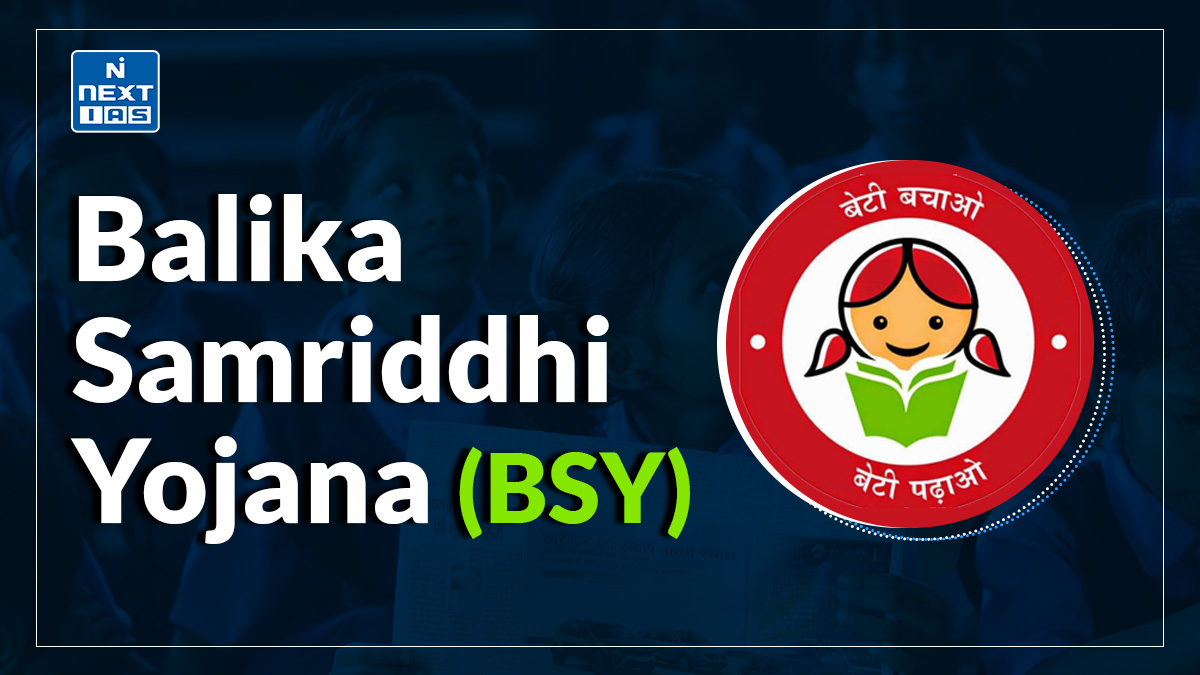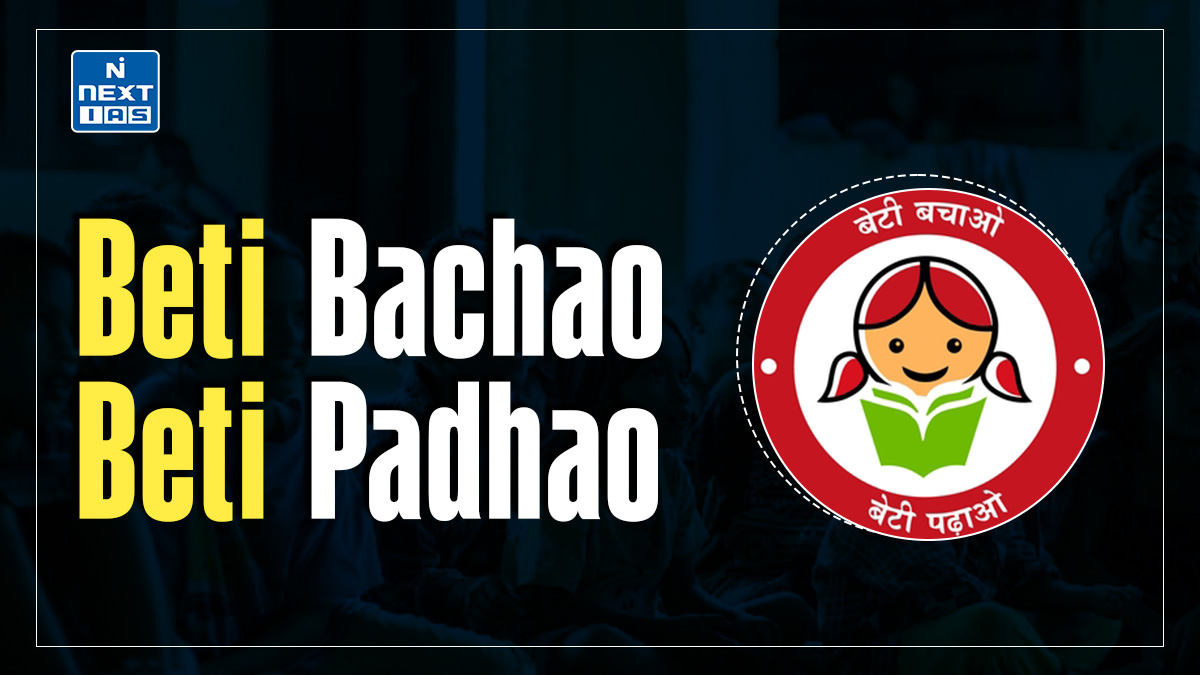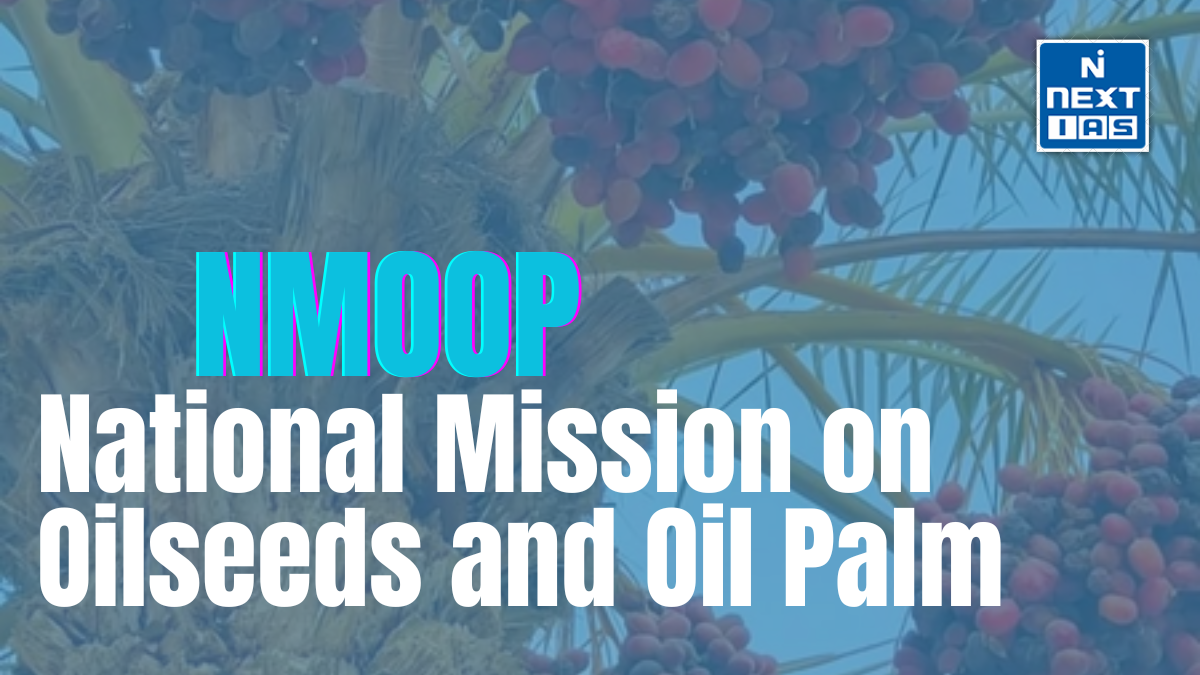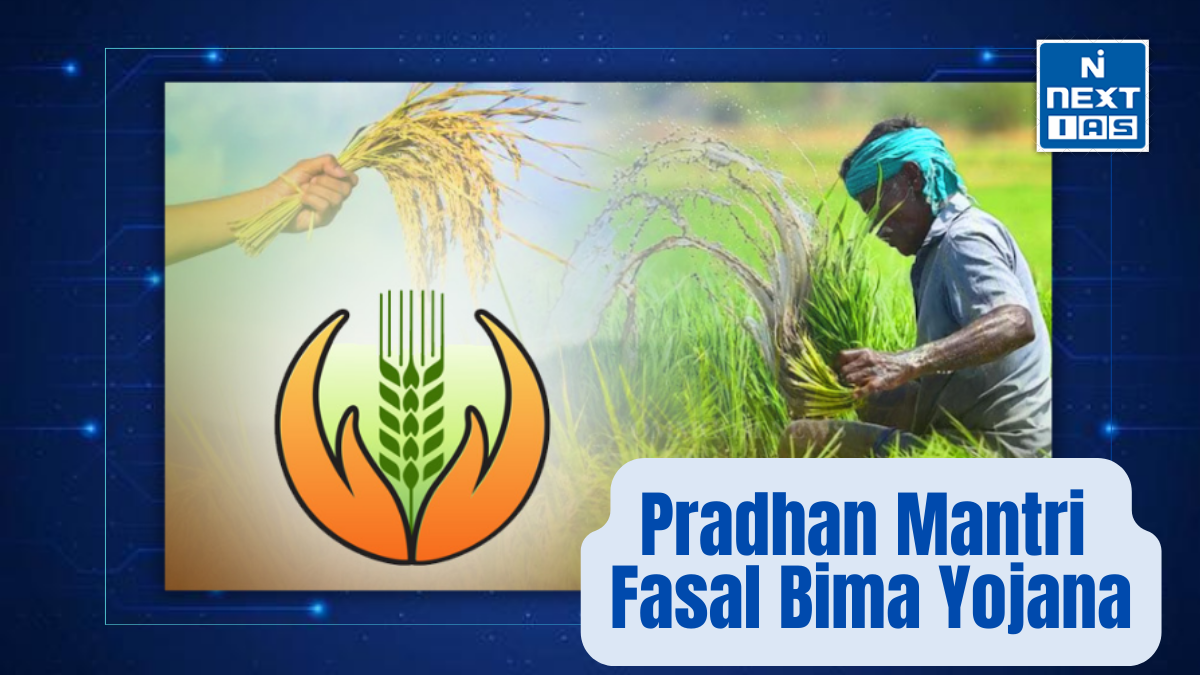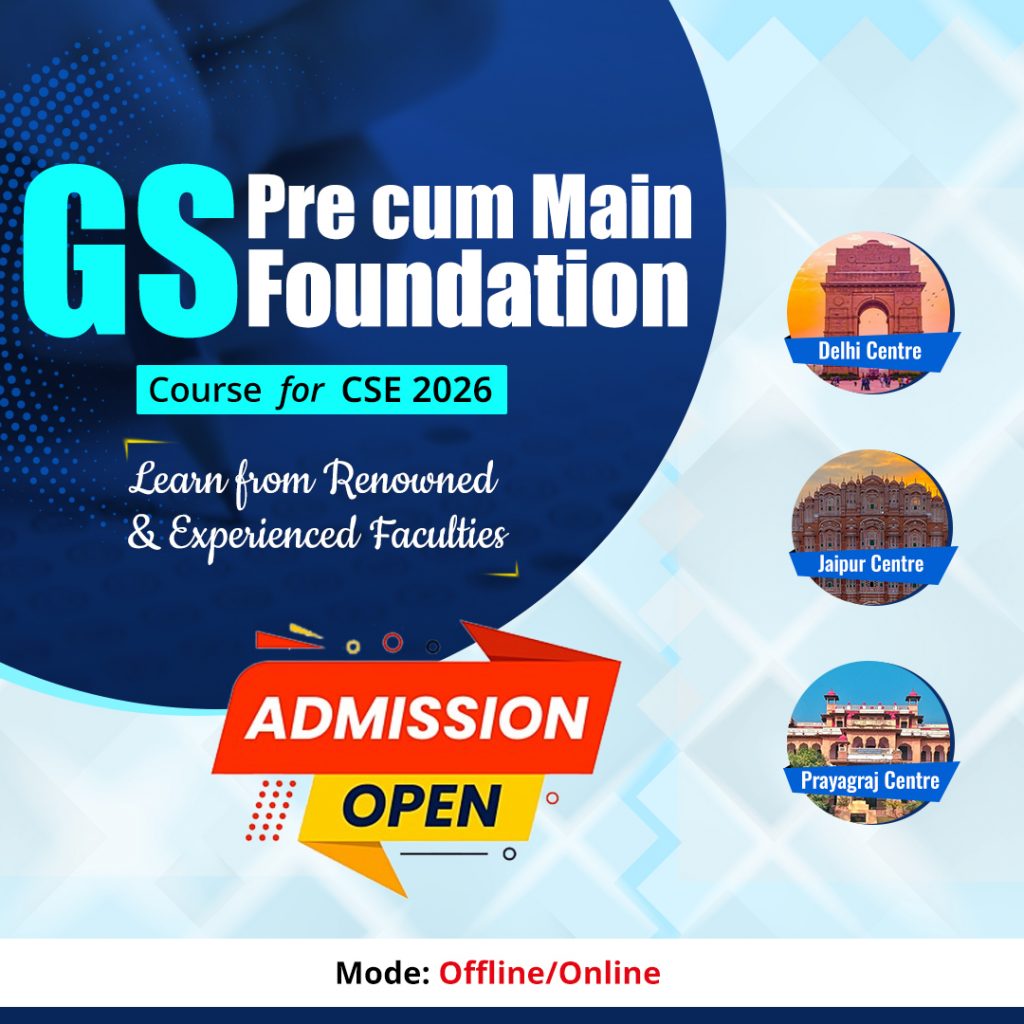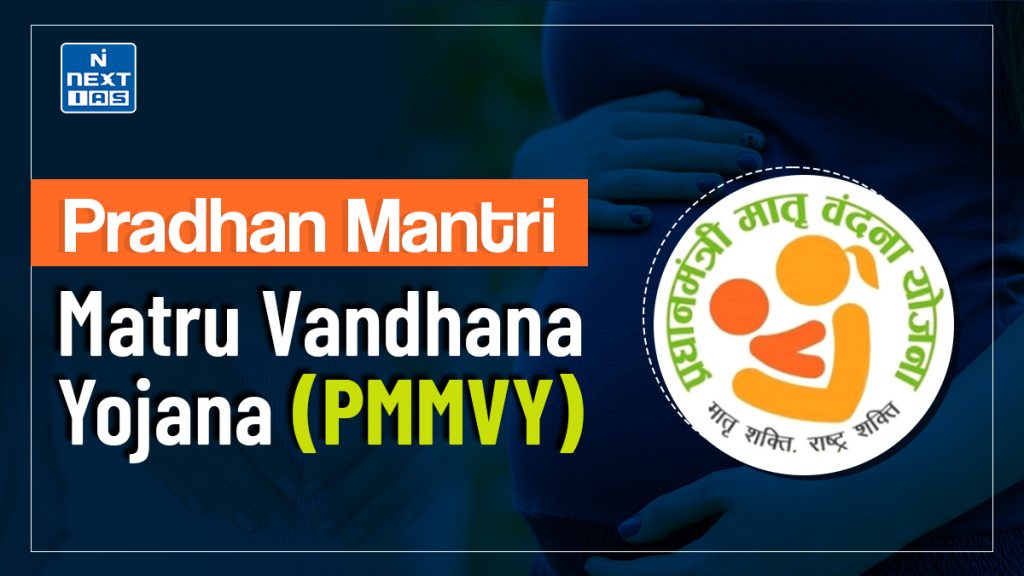
The Pradhan Mantri Matru Vandana Yojana (PMMVY) is an initiative by the Government of India for providing maternity benefits. It was launched in 2017 to provide financial support to pregnant and lactating mothers who are expecting their first child to improve maternal wellbeing by ensuring safe delivery, reduced malnutrition, and wage loss during pregnancy.
About the Pradhan Mantri Matru Vandana Yojana (PMMVY)
- The Pradhan Mantri Matru Vandana Yojana (PMMVY) was introduced by the Government of India in the year 2017 as a centrally sponsored maternity benefit scheme.
- It encompasses improvements in maternal health care through a maternity benefit plan for a pregnant and lactating woman, especially during the first child.
- A cash incentive of ₹5,000 is provided, which is disbursed in three installments depending on certain milestones achieved: early registration of pregnancy, at least one antenatal check-up, and immunization of the child.
- The scheme is intended to compensate for loss of wages during pregnancy, allowing the woman to rest adequately before and after giving birth.
- Safe delivery, the best possible nutrition, and institutional healthcare are additional aspects of this program.
- The Ministry for Women and Child Development administers the program across all states and union territories without matching similar schemes.
- PMMVY is destined to play a significant role in decreasing maternal mortality, improving child health, and very importantly, raising awareness concerning maternal care and nutrition.
Objectives of the Pradhan Mantri Matru Vandana Yojana (PMMVY)
The goals of the PMMVY are:
- Promoting Maternal and Child Health: To improve maternal health and reduce malnutrition among pregnant and lactating women to ensure the well-being of mother and child.
- Compensation for Wage Loss: Pregnant and lactating women will be given partial wage compensation in lieu of economic activity so that they can have enough rest before and after childbirth.
- Encouraging Institutional Delivery: To encourage safe delivery and the uptake of antenatal and postnatal care at health facilities by women.
- Nutrition and Diet: Intervene against nutritional inadequacy during pregnancy and lactation by promoting better nutritional practices.
- Awareness: Create awareness on health and nutrition-related topics to promote healthier practices for maternal and child care.
- Child Immunization: Support early child immunization so as to improve overall child health and enhance survival.
PMMVY contributes extensively to the goals of diminishing maternal and infant mortality and creating a healthy society by these objectives.
Significance of the Pradhan Mantri Matru Vandana Yojana (PMMVY)
The Pradhan Mantri Matru Vandana Yojana (PMMVY) plays a significant role in improving maternal and child health indicators in India. The following are some aspects of this very important program:
- Maternal Health Improvement: The PMMVY scheme ensures that the pregnant and lactating mothers have improved health and nutrition to overcome malnutrition and other complications related to pregnancy.
- Reduction in Maternal Mortality: The program indirectly contributes to the reduction of maternal mortality by promoting institutional care and regular antenatal check-up services.
- Financial Incentives: Provides financial supports for the wage-loss incurred during pregnancy, so that pregnant women may rest and recuperate better before childbirth and after.
- Child Health and Nutrition: It promotes immunization for young children and better nutrition for them, which accounts for a reduction in infant mortality and normal growth.
- Behavioral Change: It provokes women to use institutional health services, shifting the tradition toward safer, evidence-based medical care.
- Addressing Socio-Economic Inequalities: It caters to economically weaker sections of society, especially women in rural and marginalized communities toward social equity.
- Support for SDGs: This PMMVY scheme supports the global agenda through the lens of the Sustainable Development Goals (SDGs) and targets in the field of maternal and child health, gender, and poverty reduction.
PMMVY is one of the major programs for bettering the health, welfare, and socio-economic empowerment of women and children-a strong foundation for national development.
Lacunae in the Pradhan Mantri Matru Vandana Yojana (PMMVY)
While the PMMVY has made some interim improvement in maternal and child health, it has several lacunae that hinder the streamlining of the scheme itself.
- Restriction on Second Birth: The scheme provides monetary benefit for the first live birth only. Women having subsequent pregnancies are not entitled to this monetary benefit and are thus deprived of the inter-relatedness of maternal and child health.
- Low Awareness and Accessibility: Limited awareness in rural and marginalized territories about the scheme adds to their inability to access and avail of benefits meant for targeted beneficiaries.
- Lengthy Documentation Process: Barriers come also in the form of lengthy documentation processes that require multiple documents and approvals, especially for women from economically weaker sections or outside the formal identification system.
- Small monetary gain: The cash benefit of ₹ 5,000 does not prove to be sufficient in many instances to meet the actual costs incurred in nutrition and healthcare related to pregnancy and lactation.
- Gaps in Implementation: Delay in fund disbursements and poor coordination amongst implementing agencies are another setback to effective delivery of benefits.
- Coverage: Some of the states which already have existing schemes for maternity benefits have deprioritized these, which results in unequal access across the country.
- Lack of a Comprehensive Monitoring: There is weak monitoring and evaluation within the scheme, thus not allowing measurement schemes with respect to maternal and child health outcome.
Improvements regarding the method of implementation, better financial support, awareness over campaigns will also be needed for maximizing the scheme’s effectiveness for its accomplishments.
Key Pointers on Pradhan Mantri Matru Vandana Yojana (PMMVY) for UPSC CSE Prelims Preparation
- In action since 2017.
- Implementing Agency: Ministry of Women and Child Development
- Aim:
- For the improvement of maternal health and nutrition
- To provide financial assistance for wage loss during pregnancy and lactation
- To promote institutional care for childbirth and immunization of the child
- Beneficiaries:
- Pregnant and lactating mothers for their first live birth (this excludes those under the Government Sector who avail similar benefits).
- Cash Incentive: ₹5,000, paid in three installments subject to certain conditions:
- First Installment: Registration of pregnancy.
- Second Installment: To pay for one Antenatal checkup at least.
- Third Installment: After the verification of registered births and first immunization.
- Funding Pattern: Centrally Sponsored Scheme, shared between the center and the states/UTs.
- Exclusions: Provided only for first live birth; no benefits for subsequent pregnancies.
- Importance:
- Decreases maternal mortality.
- Promotes child nutrition and immunization.
- Encourages institutional healthcare services.
- Obstacles:
- Excludes second and subsequent births.
- Relatively low incentive.
- Delay of payment and rural unawareness.
- Alignment to SDGs: This scheme is aligned to SDG 3 (Good Health and Well-being) and SDG 5 (Gender Equality).
Way Forward
To ensure the maximization efficiency of PMMVY, support for second and subsequent childbirths should be included in the scheme, financial assistance increased, documentation simplified, and monitoring mechanisms strengthened. Awareness programs must encourage the participation of rural and marginalized communities, and better coordination among the implementing agencies must be ensured to achieve comprehensive coverage and sustained impact.
Conclusion
The Pradhan Mantri Matru Vandana Yojana is an important measure considering women’s and children’s health together and provides institutional support for nutrition. It rests the building blocks of a healthier society on the foundation of financial support and access to healthcare. Further filling its gaps would be a plus for its strength and reach.


